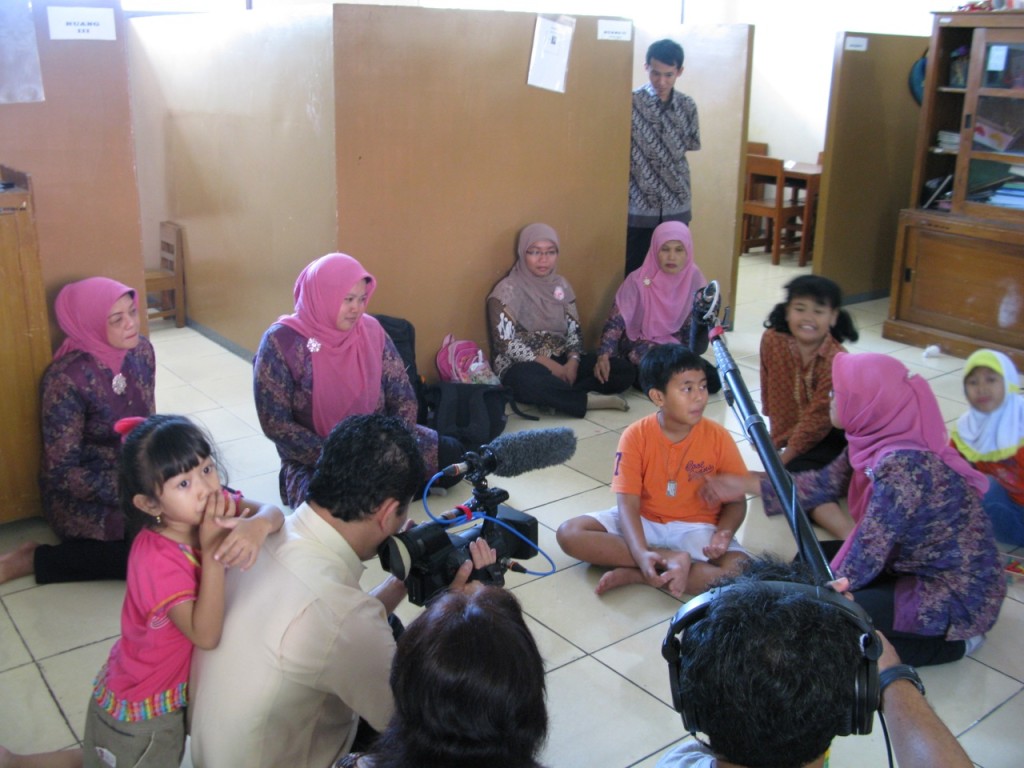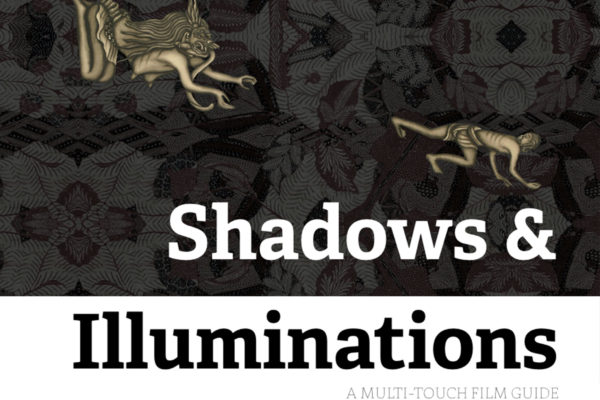Anthropologists have a strong intellectual background and a radically different way of approaching the filming process and the making of a film than that of industry-trained filmmakers.
I have worked as a producer of both broadcast commercials and independent documentaries for most of my life. Producers and directors are constantly looking for unique access to stories, strong characters, visually stimulating locations, and a new angle to view it all from. In the “film industry” these are considered and valued as key ingredients for a successful documentary. But a documentary must also entertain or else there is no chance for large distribution and the “message” will not reach its audience. Documentaries that receive prominent recognitions such as an Academy Award are marked by strong visual style and powerful narrative, so this is ultimately what makes them popular and in turn what makes the message they carry widespread. The message can be broad or very limited in scope, but the ultimate goal of a documentary is always to expose something to a large audience, to inform and often to inspire people to action.
When I joined Elemental Productions four years ago, I was exposed to a totally different “culture” of documentaries, one where filming is viewed purely as a tool for observation, a method of recording experiences gathered on location or “in the field” alongside writing. These recordings are then minimally assembled and presented as evidence and supporting documentation of elaborate theories about culture and how people deal with their circumstances in various places. I found that, mostly, this filming results in rather boring documentaries that are intelligible to a very small selected audience, understood within an academic context and just shared between scholars and students of the specific subject being observed and studied. Considering the “pop” power of film as medium of mass communication, I find this academic approach to filming very limited and unacceptable. What I find disturbing is that it seems to perpetuate an almost “colonial” concept of information and knowledge as the exclusive domain of a few. Anthropologists spend a very long time in one location (or revisiting the same places over years) gathering images, interviews and stories. Their approach to gathering material is careful, laborious and calculated; much studied method and analysis goes into their observations of a place and people. Their approach to characters (subjects) and places is often (or ideally) much more deep, conscious and considered than a filmmaker’s. So I have wondered why these recordings by anthropologists largely fail to produce extraordinary films? (I know there are exceptions to this generalization).
This is a question that I was able to explore and tackle at Elemental, where anthropologist Robert Lemelson and his team have a different vision for field recordings and ethnographic filmmaking. They want to transcend the established traditional culture of academic films, to reach and speak to a larger audience outside of scholarly academia. They want to make scholarly research accessible, understandable and non-exclusive. A great endeavor, but not a simple undertaking as I found out. It requires an anthropologist to join in a filmmaker’s superficial world of freely thinking, associating images and communicating visually instead of verbally and for a filmmaker to join into the complexity of verbal and written comparative study, research and ethics. These two worlds often clash both on location and in the edit room. On location the filmmaker is looking for the prefect camera angle, the beautiful light, the unique B roll of the character, the emotional response, the cinematic situation, a story and the drama within it. But these are not instinctively the primary concerns of an academic researcher in the field who is generally looking to spend hours interviewing and observing characters without interfering or intervening in situations that may arise and without eliciting emotional responses that may be upsetting to the subjects. The edit room is also where the two worlds collide. For footage gathered on location to become a film it needs to be molded into a common language that can be understood by everyone. It needs to follow a clear narrative, characters need to be on a journey of sorts, and commonly, emotional responses should be used to connect to subjects. So footage has to be manipulated by an editor in order make the audience connect and care about what has been documented and in order to make the message clear and understood by everyone. This is the power of documentaries!
I think there is a great opportunity for filmmakers and anthropologists and researchers to work together, for both to be open to the possibilities brought on by the other and to arrive at documentaries that are scholarly and yet entertaining and fit for distribution to a general audience.
Five years into this attempt and 12 films later, at Elemental we are still defining and redefining how to make Hollywood and academia work together and it is still and everyday an exciting and inspiring undertaking.








